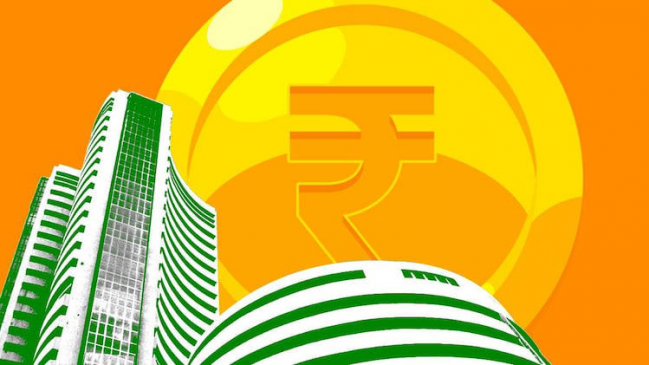The Union Budget is scheduled to be presented on the February 1. This is going to be the last full year Budget before the early 2024 general elections.
The last Budget focused on digitisation, ease of doing business, infrastructure and was largely investment-led. For FY23, the Centre had set a record capex target of Rs 7.5 lakh crore, up 35 per cent from the budget estimates for the previous year and is very much on track to meet the figure.
With the latest data showing that Centre had spent Rs 4.09 lakh crore, which is 55 per cent per cent of the target in the first seven months of the financial year, the focus is on growth, maintaining of the fiscal deficit target and keeping inflation in check.
Read More: Want to transfer your home loan to SBI? Here is the complete list of documents you need to submit
Public investments remain one of the key growth triggers for the next year and fiscal consolidation going hand in hand.
There are expectations of the fiscal deficit target of 6.4 per cent of GDP to not only be met, but the next year target to be lowered owing to the ample GST collection.
The market is expecting a fiscal deficit target of less than 6 per cent. This will help in accelerating growth and aid the central government in some fiscal pressure.
What the market does not want is unpleasant surprises on the tax front, especially as there are a host of other things for investors to worry about.
Considering the current scenario, one thing that the markets are expecting is no negative news on taxation part.
Along with manufacturing sector, I believe there can be positive policies and support to the service sector that can help further boost the economy.
Expectations of PLI scheme in private sector to improve employment can be considered and more allocation in defence sector and capital-intensive sectors. Focus on rural economy and policies around the same can also be expected along with subsidies. In terms of specific sector, below are our expectations:-
Healthcare: Industry body PHDCCI said the health budget should be increased by 30-40 per cent as there is a growing need for health facilities and infrastructure across the country.
Auto Electric Vehicle (EV): The Society of Manufacturers of Electric Vehicles (SMEV) has sought an extension of subsidies for EVs under the FAME-II scheme. The industry has also sought the inclusion of light to heavy commercial vehicles in it to promote electric mobility.
Metals (ALUMINIUM): Industry body Assocham has sought reduction in basic customs duty and correction of inverted duty structure on critical raw materials for the aluminium industry as high import duties is a huge disadvantage for the sector heavily dependent on imported raw materials.
Metals (Iron & Steel): The Indian steel industry accounts for about 2 per cent of the GDP, while its diverse application across sectors makes it a harbinger of economic activity. As per the National Steel Policy 2017, the Indian steel industry employs over 5 lakh people directly and close to 20 lakh indirect employment.
PLI scheme for manufacturing high-grade specialty steel
Inclusion of Steel in RoDTEP: The Remission of Duties and Taxes on Export Products (RoDTEP), scheme that offers refunds against various embedded taxes to exporters across sectors such as automobiles and agricultural products.
The industry expects for removal of the export duty levied earlier this year.
Full exemption of custom duty (7.5 per cent) on steel mill rolls in India: Almost 90 per cent of the demand for steel mill rolls in India is met through imports with a 7.5 per cent customs duty being currently levied. This increases the cost of steel production also and affects the competitiveness in the international markets.
Zero import duty on stainless steel scrap: will go a long way in reducing the carbon footprint.
The rationalisation of import duty on stainless steel flat products will be a step in the right direction towards ‘Atmanirbhar Bharat’ in stainless steel.
Implement National Logistics Policy (NLP): The NLP will ease bottlenecks and reduce costs. India’s logistics cost is around 14 per cent of its GDP. The government should decrease the logistics cost to 8-10 per cent of the GDP to bring it to par with other developing countries.
Overall: Government should make land acquisition easy by identifying zones of land that are non-agricultural. Land from those zones should be made available easily without industries having to go through the formality of converting.
Labour Law: India should have a free labour law however the wages should not be so high that it makes the manufacturing industry globally uncompetitive.
GST: Majority of GST rates for products should be kept moderate and uniform across various products. Higher rates should be there only for sin goods like tobacco etc.
The budget next year will come at a time of geopolitical uncertainties, concerns around slowing growth, inflation sticking to high levels despite the measures taken by the central banks and governments. Considering the global economic uncertainties and a possible global slowdown, the finance minister will have to keep this economic setup in mind.





































